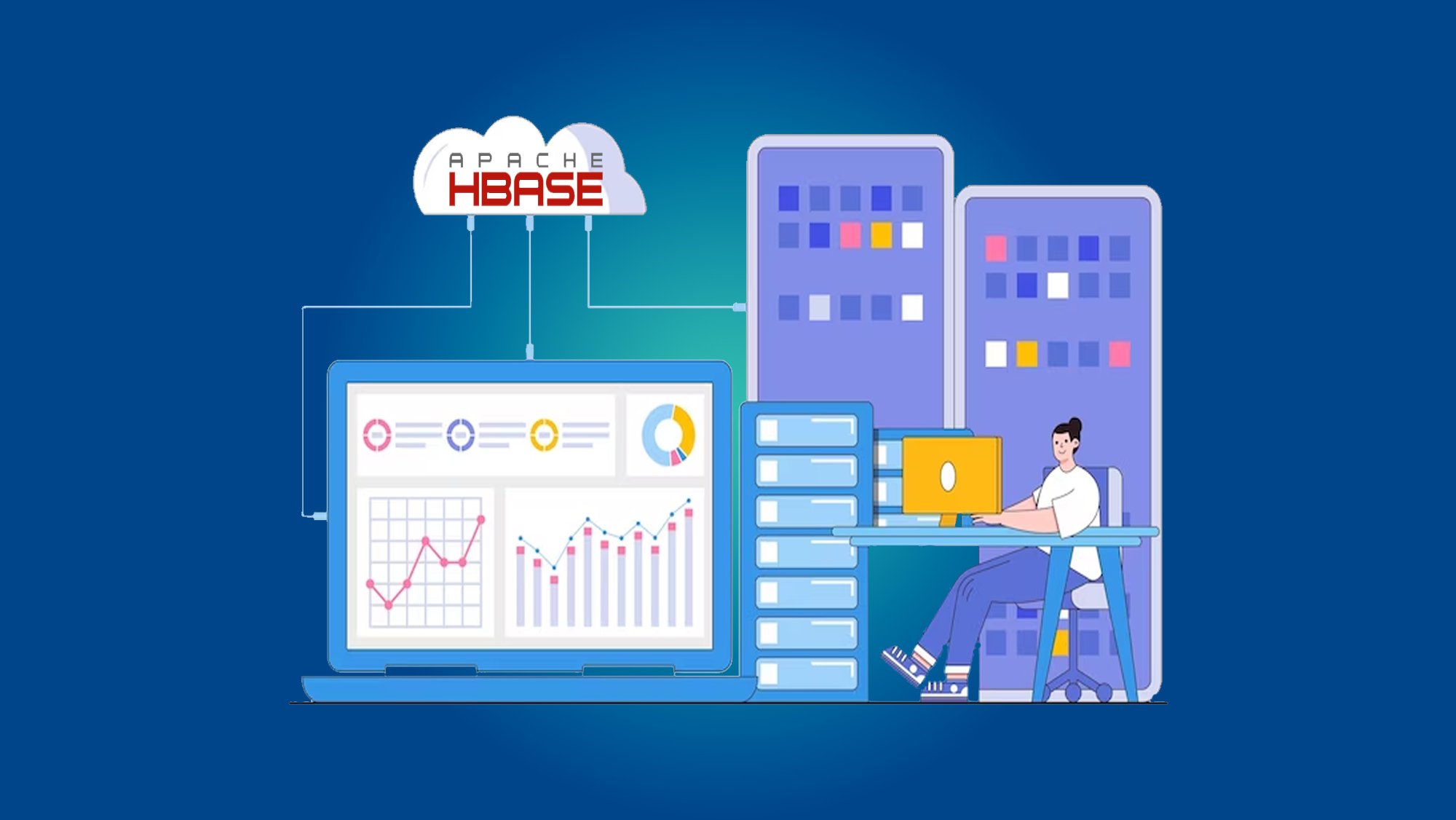HBase in Action: Unleashing Distributed NoSQL for Big Data Success
Introduction:
In the era of Big Data, traditional relational databases often struggle to handle the massive volumes of data generated by modern applications. This is where HBase, a distributed NoSQL database, steps in as a powerful solution. HBase offers scalability, high availability, and efficient data storage and retrieval, making it a popular choice for organizations dealing with large-scale data processing. In this comprehensive blog, we will explore HBase in action, its key features, use cases, and how it empowers Big Data success.
Understanding HBase: The Distributed NoSQL Database
HBase, built on top of the Hadoop Distributed File System (HDFS), is designed to handle large amounts of sparse data in a distributed and fault-tolerant manner. It draws inspiration from Google's Bigtable and provides a schema-less, column-oriented data model. Here are some essential features that define HBase:
1. Scalability and High Availability
HBase's architecture allows it to scale horizontally by adding more nodes to the cluster. This enables organizations to handle increasing data loads without compromising performance. Additionally, HBase provides high availability by replicating data across nodes, ensuring data durability even in the face of hardware failures.
2. Column-Oriented Storage
Unlike traditional row-oriented databases, HBase stores data in a column-oriented manner. This design is particularly well-suited for applications that require fast read and write operations on a subset of columns, which is common in analytical and time-series data.
3. Sparse Data Model
HBase is optimized for sparse data, where most of the values are empty or null. This makes it ideal for scenarios where data is not uniformly populated across columns.
4. Strong Consistency
HBase offers strong consistency through a mechanism called "per-row consistency." This ensures that all reads and writes for a particular row are consistent.
5. Automatic Sharding
HBase automatically shards data across regions, which are logical divisions of data stored in different physical nodes. This sharding allows for efficient data distribution and optimized query performance.
HBase in Action: Real-World Use Cases
HBase finds applications in a wide range of industries and scenarios. Here are a few use cases where HBase shines:
1. Real-Time Analytics
HBase is well-suited for real-time analytics scenarios where organizations need to analyze and derive insights from streaming data. Its low-latency read and write capabilities make it an ideal choice for capturing and analyzing data as it arrives.
2. Internet of Things (IoT)
The IoT generates a massive amount of data from sensors, devices, and applications. HBase's scalability and ability to handle high write loads make it an excellent fit for storing and processing IoT data.
3. Social Media Analytics
Social media platforms generate vast amounts of data, including user interactions, posts, comments, and likes. HBase's column-oriented storage and efficient querying make it an effective tool for analyzing social media data.
4. Time-Series Data
Applications dealing with time-series data, such as financial data, sensor readings, and logs, can benefit from HBase's performance and scalability. HBase's automatic sharding and ability to handle high volumes of data over time make it suitable for time-series analysis.
5. Recommendation Systems
HBase's ability to handle sparse data and support for fast lookups make it an excellent choice for building recommendation systems. It can efficiently store and retrieve user preferences and item data for personalized recommendations.
Getting Started with HBase: Essential Steps
1. Set Up HBase Cluster
Start by setting up an HBase cluster, which typically involves deploying HBase on top of Hadoop HDFS. You'll need to configure HBase's various components, such as the HMaster and RegionServers.
2. Data Modeling
Design your data model based on your application's requirements. Decide on the column families, columns, and qualifiers that best represent your data.
3. API and Querying
HBase provides Java-based APIs for interacting with the database. Learn how to use these APIs to perform CRUD (Create, Read, Update, Delete) operations on your data.
4. Monitoring and Management
Become familiar with tools like HBase Shell, HBase Web UI, and third-party monitoring tools to monitor and manage your HBase cluster's health and performance.
5. Data Import and Export
Learn how to import and export data to and from HBase using tools like Apache HBase™ Import and Export (HFile) utilities.
Conclusion:
HBase, the distributed NoSQL database, plays a pivotal role in enabling Big Data success. Its scalability, high availability, column-oriented storage, and efficient data processing capabilities make it a valuable asset for organizations dealing with massive volumes of data. From real-time analytics and IoT applications to social media analytics and recommendation systems, HBase finds applications across diverse industries and use cases. By mastering HBase and understanding its features, architecture, and real-world applications, you can unlock the full potential of this powerful database and pave the way for data-driven insights and innovation in your organization.
You May Also Like
These Related Stories

Mastering Data Integration: A Guide to Informatica's PowerCenter

Streamlining Data Integration:Unleashing Spring XD Training Techniques




No Comments Yet
Let us know what you think